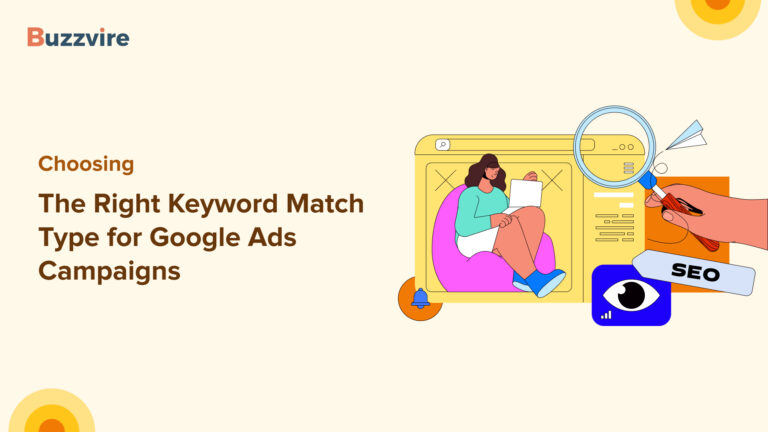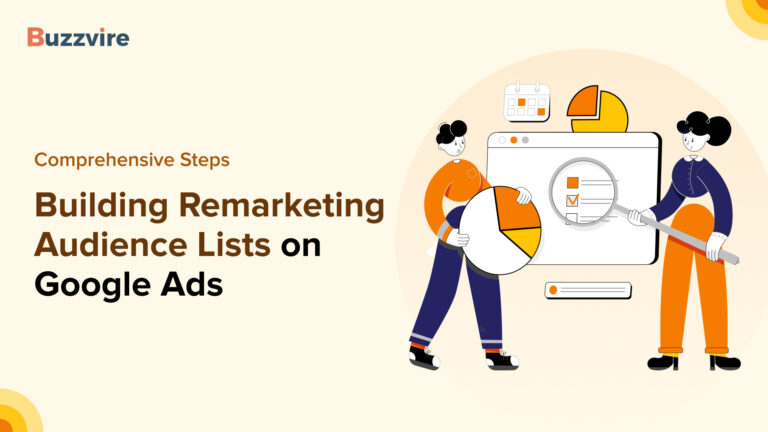When you’re planning a vacation in Hawaii and looking for hotels, you may come across various search results on your favorite search engine. In addition to the regular search results, you might also notice ads by hotels or related businesses in Hawaii. These ads are a result of paid search strategy implemented by small businesses to enhance their online visibility and attract potential customers.

By making the ads compelling, businesses gain faster access to converting prospects or capturing a lead. Companies that use paid search advertising allow reaching people to actively explore products or services like theirs. Paid search is like skipping a long queue to pitch to your preferred prospects.
What is Paid Search Advertising?
With Paid Search Advertising, businesses can promote their products or services on search engines like Google, Bing, etc. These ads appear highlighted or marked to indicate that companies have paid for them to appear. Paid Search Advertising for Small Businesses involves bidding on specific keywords that your target audience may search for so you can land them on your website for the next stage of the buying journey.
How to Set Up Goals for Your Paid Search Strategy

It would help if you got your goals set and got the best out of your paid searches. Well-set goals help you get started quickly, keep you on track, and let you reach your intended audience. So if you’re looking for the answer to How to Create an Effective Paid Search Strategy, you’re in the right place.
Defining Your Business Objectives
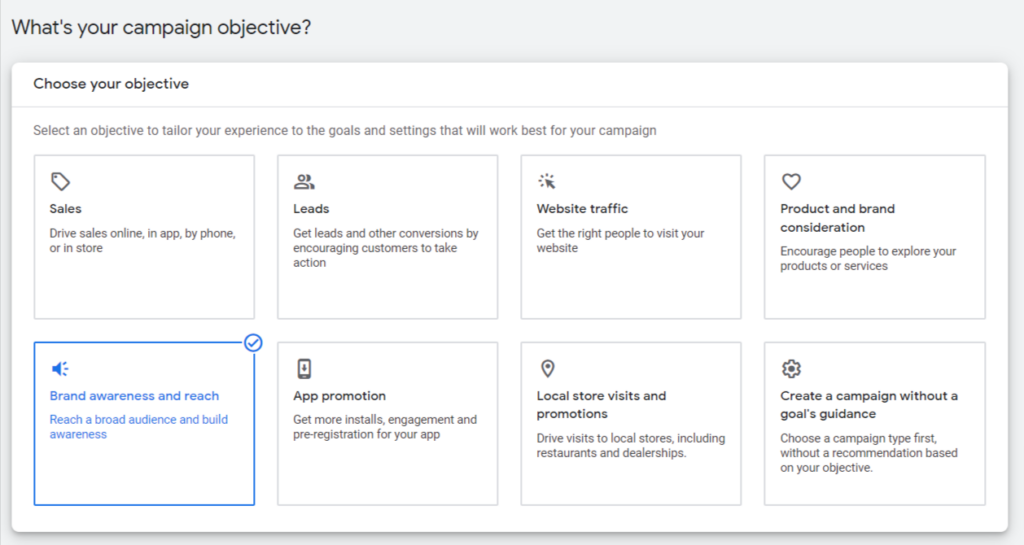
Firstly, you must brainstorm with your team about your end business objectives. It could generate leads, add sales, increase branding reach, or drive traffic. Then, it gives you a headstart to plan your budget and strategy around those objectives. You could use the SWOT analysis framework to see what your company is good at among the competition and place ads to meet the business goals. An example of a clear goal is: by the end of the first quarter, increase website traffic by 25%.
Identifying Your Target Audience
It’s easier to pick your target audience when your business goals are clear. First, your team must research your target audience’s pain points, what services they currently use, and what solutions they look for. Next, conduct market research on your audience’s preferences and demographics to create ads that become a source for their resolution. Building buyer personas or identifying your ideal customer’s behavioral traits makes creating ads easier.
Establishing Key Performance Indicators (KPIs)
How do you know if your paid campaigns are running optimally? Key Performance Indicators, or KPIs, are paid search metrics that tell you how things are going. Be careful to pick the right KPIs so you have an accurate picture of your campaigns. Here are the KPIs to track in paid searches:
Click-Through Rate (CTR): It’s calculated as the times your prospects clicked the ad link divided by the number of people seeing your ad in the SERPs.
Conversion Rate: Conversion rates tell you if your prospects are taking action after clicking your ad.
Quality Score: Google determines this score based on several factors, including landing page experience, expected CTR, and ad relevance, among others. A higher quality score means cheaper ads for you.
Cost Per Action/ Cost Per Conversion: Some customers will click the ad and take further action, like signing up or purchasing. This is the KPI you’ll need to know your cost to convert into a paying customer.
Conducting Keyword Research for Your Campaign
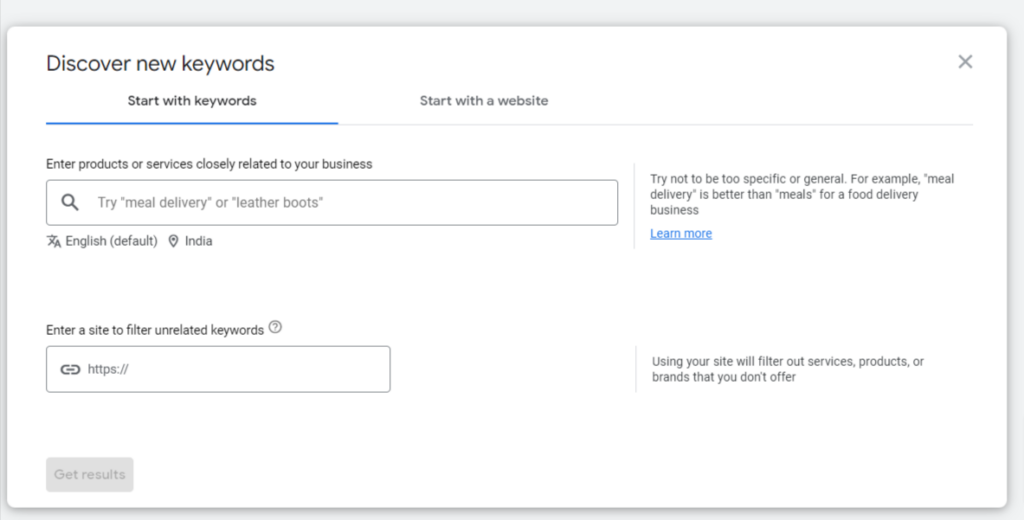
Keywords are the entry to your ads. Bid on the right keywords, and your ads appear when your prospects make a search query. If you’re at a point where Paid Search vs. Organic Search for Small Businesses is your query, this will go down to your business goals and what you wish to achieve by investing time, effort, and money.
Choosing Relevant and Effective Keywords
Put yourself into your prospects’ shoes to know what they may search for. Ask what phrases your potential customer would type in the search engine’s query. Start with a broader search before moving to specific terms. For a head start, you can check your competitors’ high-ranking keywords. Then, you can use free tools like Google Keyword Planner to plan your keywords.
Analyzing Search Volume and Competition
You can get an idea of the popularity of a keyword by its search volume. Keywords that are higher in volume and competition are difficult to rank for. But high-volume keywords will get you a lot of traffic. So keep a mix of keywords with higher volumes and decent competition to reach a wider range of prospects from your ad.
Crafting Compelling Ad Copy and Landing Pages
Writing Effective Ad Headlines and Descriptions
Have you ever wondered what drives your prospects to click on a paid ad? It is what connects them with your headline or description. Your audience and keyword research come in handy to craft compelling headlines that entice your audience’s attention. Because 8 out of 10 people only read headlines, you half just seconds before you lose the customer to your competitor.
Designing Landing Pages for Conversion
Landing pages play a vital role in converting visitors to customers. A pleasing and easy-to-navigate landing page eases the customer into reading more about the solution they’re looking for, giving you better chances to win them. A landing page bridges the solution your customer seeks and your revenue. Remember, your landing page continues the user’s journey after clicking your ad. Maintain a similar message and advance them into the action you want the user to take. Lastly, ensure the landing page is mobile-friendly too.
Creating Calls-to-Action (CTAs)
There’s no revenue without any action. “Buy now,” “Join over 5k users”, and “Get fit today” are some of the CTA examples that help achieve your business objective. CTAs are the final push to your prospect for a strong response. Therefore, your CTA must use language that provokes enthusiasm and positivity.
Setting Up and Managing Your Paid Search Campaigns
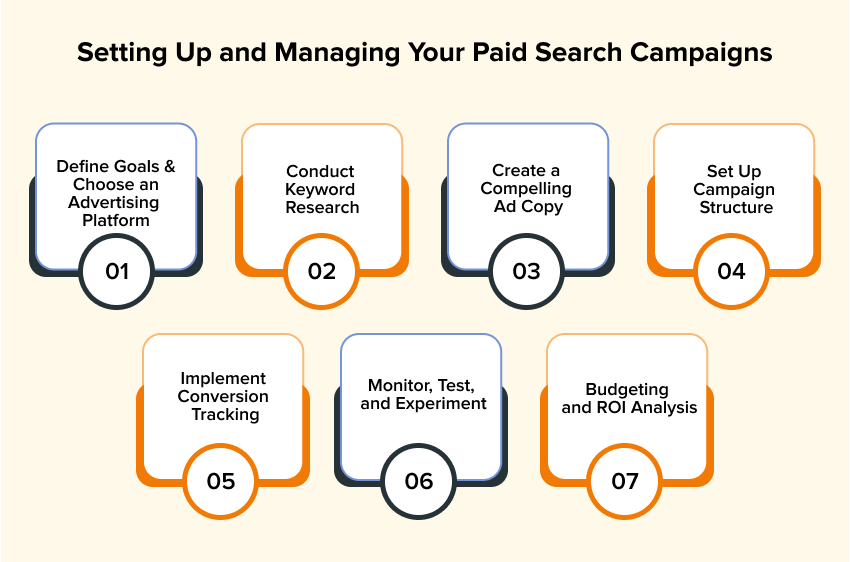
You may find many tips for effective paid search for small businesses, but you need the proper groundwork to save your valuable resources.
Define Campaign Goals and choose an advertising platform
Firstly you must identify your ad campaign goals. It could be increasing the website traffic, generating leads, increasing newsletter subscribers, or purchasing. Next, choose the advertising platform depending on your target audience, budget, and objectives. Some of the most popular ad platforms are Google Ads, Bing Ads, and social media advertising platforms like Facebook Ads and Instagram Ads.
Conduct Keyword Research
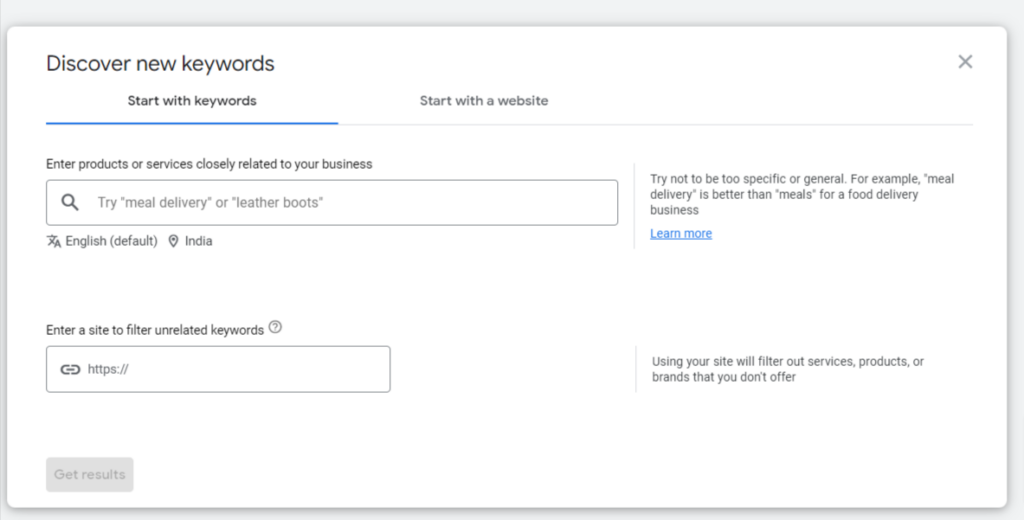
Paid searches start from keywords. Keywords are your customer’s entry point to your website or landing page. Ensure appropriate and relevant keywords for your ad campaign.
Create a Compelling Ad Copy
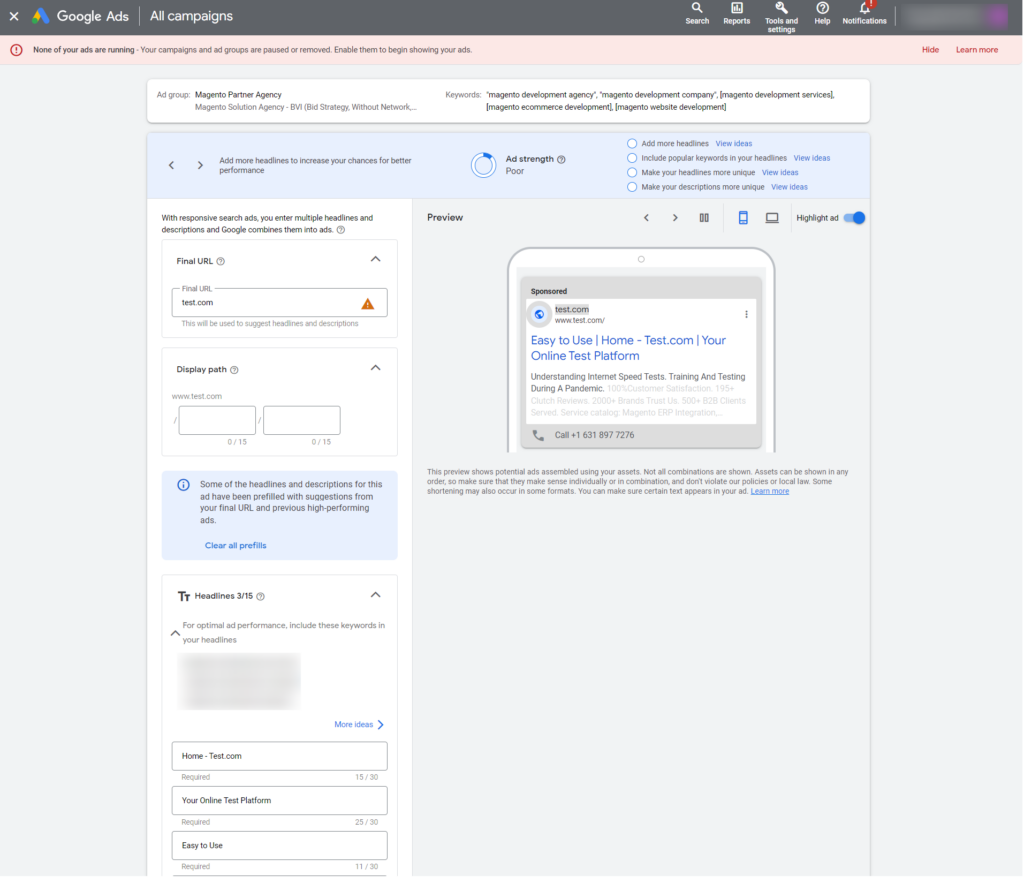
Create compelling ad copy that captures your audience’s attention and stimulates users to take action. Write headlines and descriptions that your prospects relate to. By clearly communicating the benefits of your products or services, you will likely get clicks only from interested buyers.
Set Up Campaign Structure

Every campaign contains more specific ad groups. You define keywords in your ad groups that will trigger your ads and direct visitors to your landing page later.
Implement Conversion Tracking

By setting up conversion tracking, you make your ad campaigns measurable. UTM is an easy way to measure the success of your campaign. Use UTM parameters recognized by Google Analytics and other ad suites. With trackers, you gauge the number of actions taken, including asset downloads, purchases, or newsletter sign-ups.
Monitor, Test, and Experiment

Ad campaigns require running A/B tests on different copies and graphics. Experiment with different ad budgets; running the ads at varying times and occasions gives a fair idea of what’s working best for your target audience.
Budgeting and ROI Analysis

As part of your marketing budget, allocate a percentage toward the ad. Then, monitor the current ads, keywords, and campaigns and determine the ROI for your ad spend.

Monitoring and Optimizing Your Campaigns
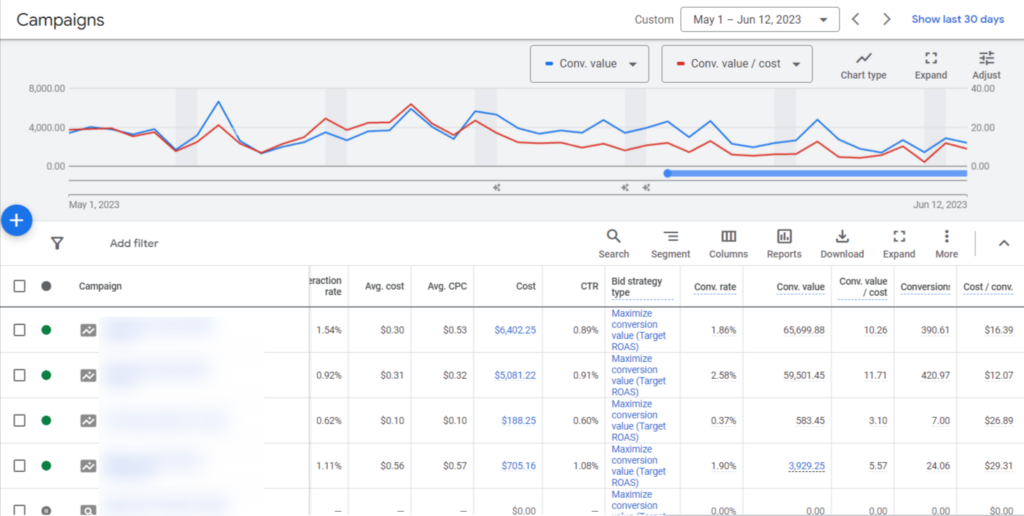
It is crucial to ensure your ongoing campaign success and maximize your return on investments. You can use key metrics like CTR, conversion rate, cost per click (CPC), and return on ad spend (ROAS) to understand your campaign success. Increase the budget for keywords that are doing well and make the fixes in the campaigns whose keywords are underperforming. Constantly monitor and evaluate your campaigns and conduct A/B testing to understand the best copy and graphics users receive.
Here are the best practices for paid search advertising for small businesses:
Integration with Other Marketing Channels
Marketing is about constant and standard messaging. By effectively integrating your advertising with your marketing channels, you can draw your audience toward your various website assets and lead to better conversion. Integrating marketing channels help convey the same message on all channels, and by studying the engagements, you can fine-tune your ad campaigns. By targeting prospects on different platform marketing channels, you can redirect visitors to explore more about your product and services.
AI and Machine Learning in Paid Marketing
Now make your ads more accurate and precise using AI and ML. These technologies help understand your audience better by analyzing target audience behavior and preferences. Based on the intended demographics, AI and ML enable you to reach the desired prospects efficiently. With Performance Max, Google’s new goal-based campaign type, you can advertise across Google’s entire ad inventory, including YouTube, Display, Search, Discover, Gmail, and Maps, with a single campaign. Performance Max utilizes ML models for optimizing bids and placements.
Conclusion
Paid marketing is a more innovative way to reach your intended audience. An effective paid advertising search strategy requires researching your target audience, finding the relevant keywords, and continuously refining based on the changing trends, customer behavior, and preferences. In this blog, we define clear goals, analyze customer behavior, and craft engaging ad copies and creatives that resonate. The rise of AI and ML has only made effective paid search strategies accessible to small businesses. By embracing technologies and basing your system on the target audience, you can leverage the complete power of paid marketing.

FAQs
Paid search or Pay-per-click(PPC) is a marketing strategy where businesses place their ads in SERPs. By targeting the keywords, businesses can increase their visibility and leads, reach the right audience and boost conversion and sales.
You can determine the budget for your paid search based on your business goals and overall marketing budget. For example, increase website traffic, generate leads, or improve branding. You may start with a smaller budget for your campaign and make increments depending on your campaign’s success.
Some of the mistakes small businesses commit when creating a paid search strategy include the following:
No clear goals: Setting goals gives a direction to plan to achieve the milestones. With proper goals, businesses find it easier to run meaningful running ads.
Poor keyword choice: Under researching and picking keywords that don’t align with your target audience makes your ads ineffective.
No tracking and monitoring: Businesses that regularly don’t monitor the KPIs and important metrics fail to align the results to the goals set.
Improper budget management: Not spending the budget on ads in check can affect the overall marketing budget and result in a poor return on time and money invested in the paid search.
Following your competitors’ paid campaigns will give you a fair idea of what keywords you must work on. You may also use free and paid tools to research, including Google Keyword Planner, SEMrush, or Moz Keyword Explorer, your target audience, and business keywords.
Here are the best practices to follow for small businesses when writing ad copy for paid search campaigns:
– Be clear and simple in your messaging
– Showcase the benefits
– Include appropriate keywords
– Use strong and persuasive headlines
– Concentrate on the benefits for the customer
– Add a powerful call-to-action (CTA)
Small businesses can use tools and benchmarks to measure the success of their paid search campaign. For example, Google Analytics is a free tool that provides accurate results, insights, and reports to understand visitors’ reach, clicks, impressions, and conversions. Besides, you can check the KPIs, like CTR, CPA, etc., to know the milestones of the paid search campaigns.
If you’re looking for paid tools to research keywords, SEMrush, Moz, and SpyFu are popular. In addition, you can automate paid ads, creatives, and videos across Google’s advertising suite using the new goal-based campaign type, Performance Max. AI and ML help small businesses use technology to run effective ad campaigns.




